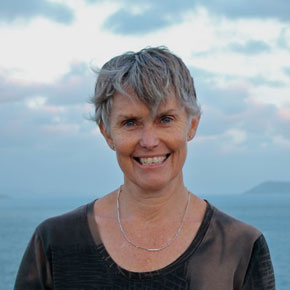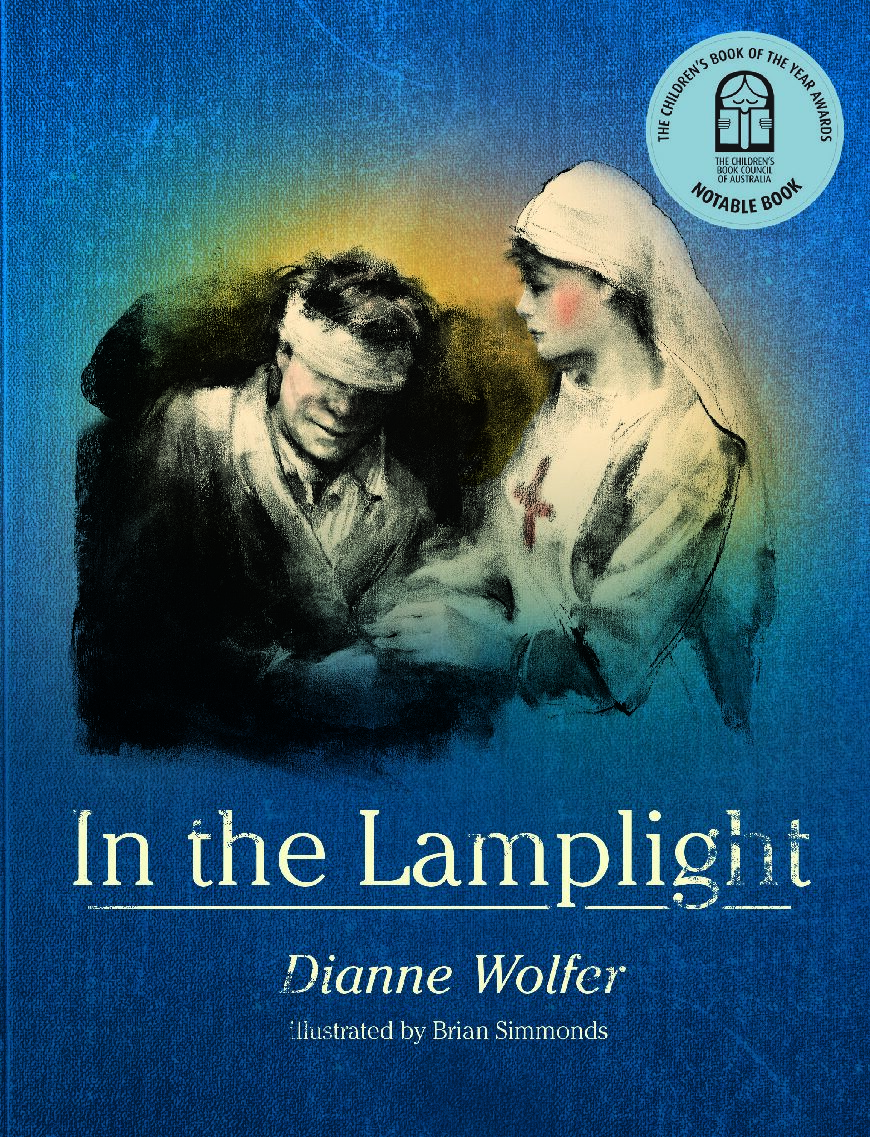Dianne Wolfer on Remembrance Day

Dianne Wolfer has researched and written extensively about World War I and II. Here she explains what inspired her to write her Light trilogy and what she’ll be doing to mark the centenary of the end of World War I this year.
What inspired you to write the Light trilogy?
The Light series began in 2005 when I read an article written by Ron Crittall about the historic gathering of troopships in Albany’s King George Sound in 1914. One paragraph mentioned departing soldiers signalling to the daughter of the Breaksea Island lighthouse keeper and how Fay Howe then forwarded the soldiers’ final messages to families in eastern Australia. After years of research, writing and editing, Lighthouse Girl was published by Fremantle Press in 2009.
During the research journey I became fascinated by the assortment of animal mascots that were taken to WWI. There were dogs, goats, wallabies and even a koala. I also learnt that, of the thousands of Australian horses that went to WWI, only one returned: Sandy, the favourite charger of Major General Bridges. Light Horse Boy grew out of this fascination with the horses and mascots. Then I visited Harefield UK to research a particular soldier and discovered that one of the wallaby mascots became the mascot of the Harefield Hospital. That was the spark for researching and writing the third and final title in the series, In the Lamplight.
Why did you want to tell stories from the perspective of young people?
I have a teaching background and enjoy shaping stories for young readers and teenagers. They are passionate readers. But the three titles in the Light series appeal to a broad cross-section of readers. The books are loved by adults as much as they are enjoyed by younger readers. I think the age of the central characters (young adults), as well as the multi-layered format of text, evocative charcoal illustrations and archival photographs, allows readers of all ages to enjoy the stories.
Why did you want to focus on Australian experiences in particular?
I didn’t think about it. There are so many stories that, as an Australian, appealed to me, so it just seemed the natural approach.
Do you think it’s important for children and young people to learn about WWI?
I think it’s important for both young readers and adults to learn about not only WWI, but also other conflicts in which Australian soldiers, nurses and others have served. Firstly to respect the sacrifices made to enable us to live freely, but also because without an understanding of history, the same mistakes could be repeated. I’m often surprised by the lack of knowledge in the wider community of pivotal moments in Australian history. Historical fiction fosters empathy for diverse viewpoints and gives readers insight into the past in an enjoyable way.
How do your books help children and young people approach the issues and themes around life during and after WWI?
As above and I hope they foster empathy and curiosity.
How will you be observing Remembrance Day this year?
I live in Albany and there are many special events this year to commemorate the end of WWI.
I will be revisiting Bruce Munro’s amazing light installation Field of Light: Avenue of Honour, which will be a stunning backdrop for a WWI-themed choral performance, By Other Eyes. I’ll also be attending an Anzac march and events in Stirling Terrace.
For more information on Albany’s Remembrance Day events, see the Amazing Albany website.








